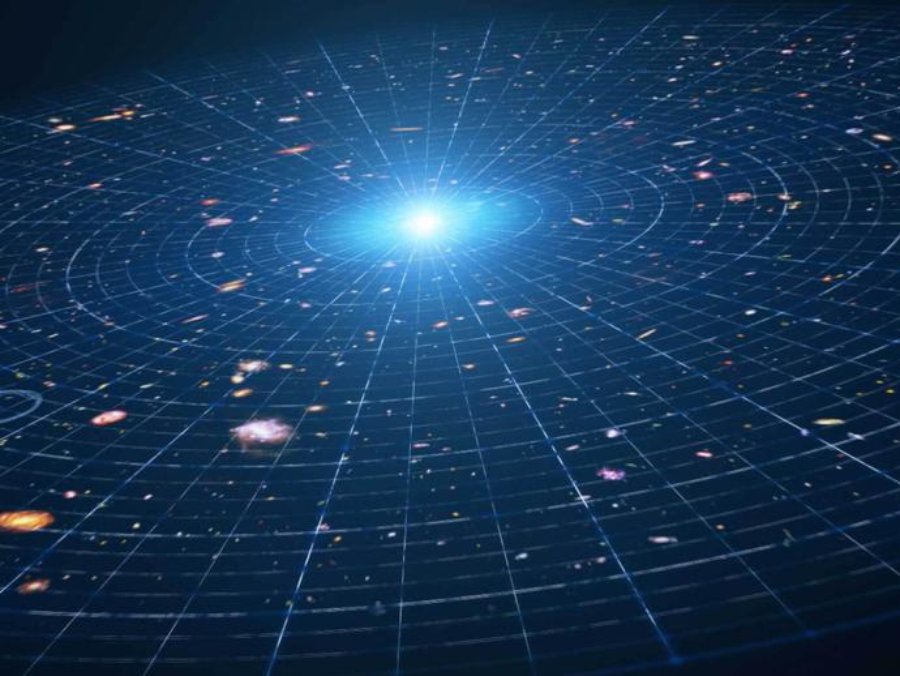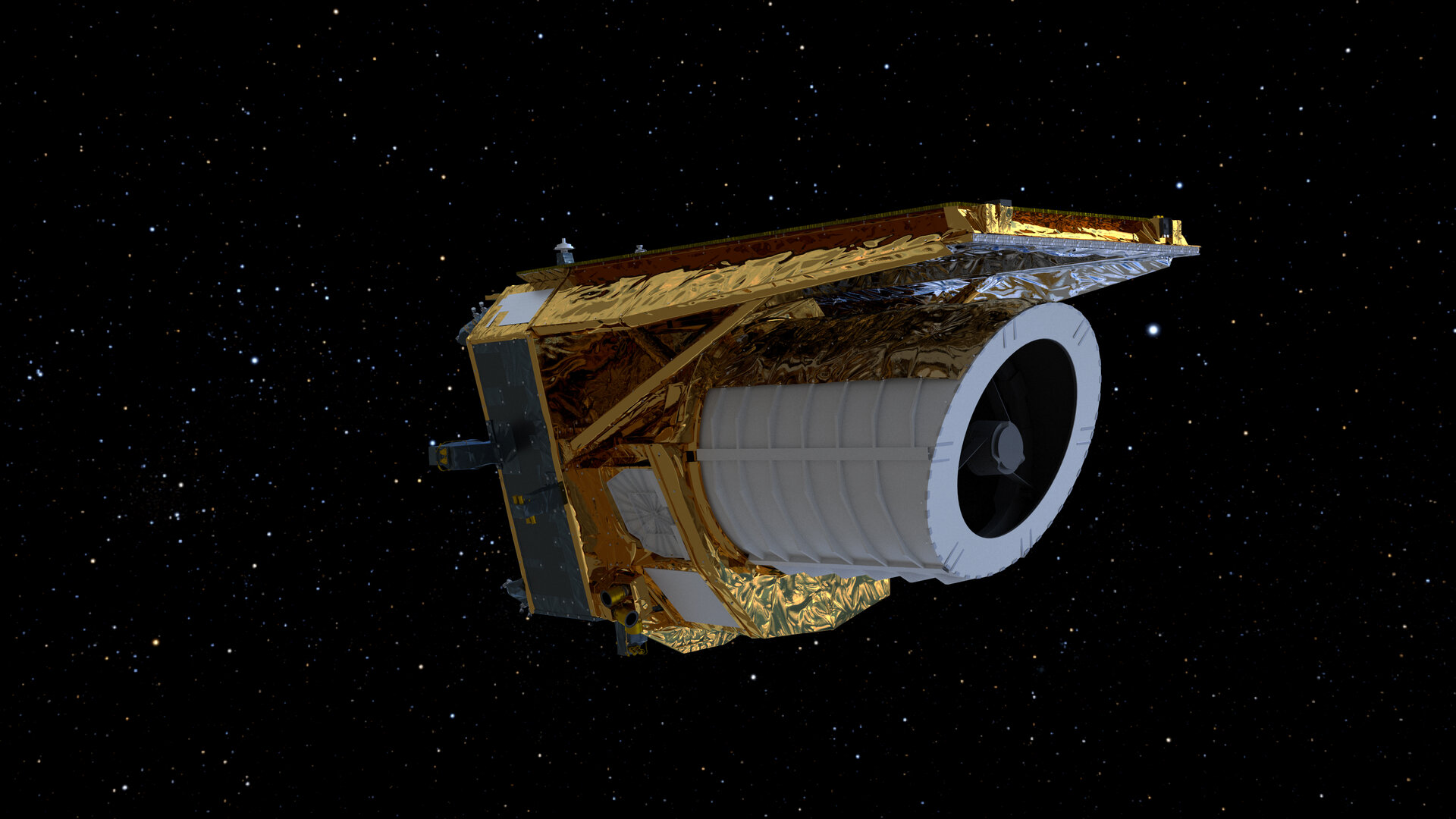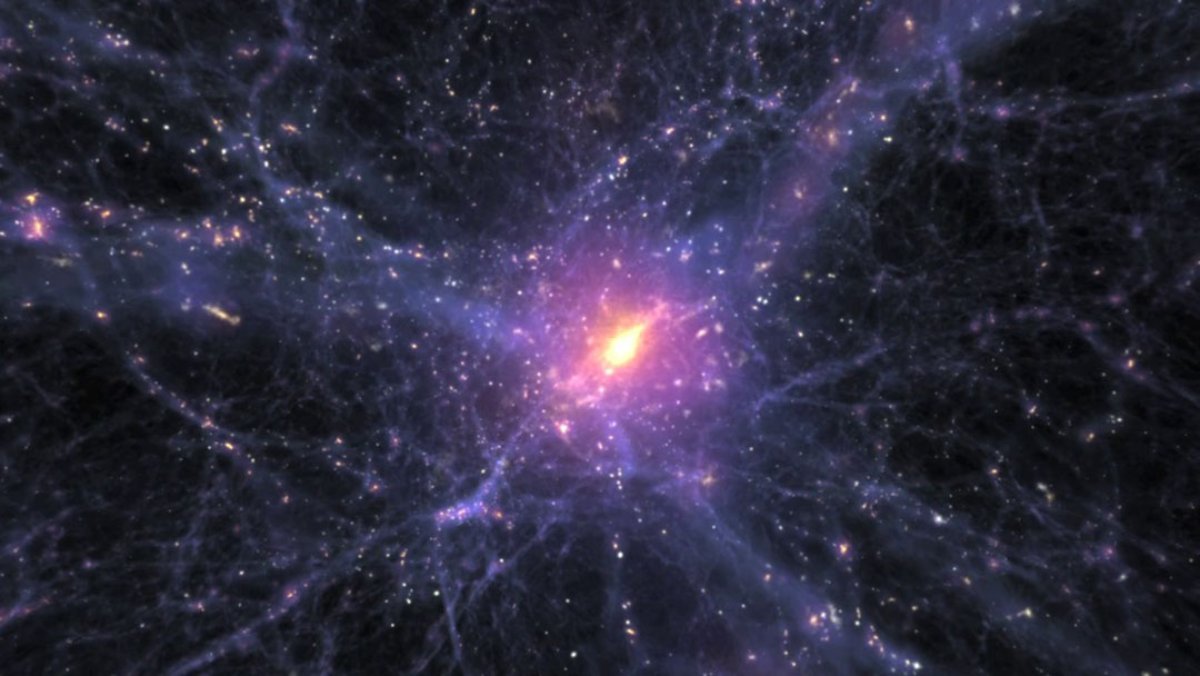The universe holds many mysteries. Two big questions in modern cosmology are about dark matter and dark energy. These mysterious forces are thought to make up about 95% of the universe, but we still don’t know what they really are. Dark matter helps hold galaxies together. In contrast, dark energy is thought to cause the universe to expand faster.
This article looks at what scientists know about dark matter and dark energy. We’ll cover recent breakthroughs and the latest findings in cosmology that might help solve these cosmic puzzles.
What is Dark Matter?
Dark matter is a type of matter we can’t see. It doesn’t emit, absorb, or reflect light, so traditional telescopes can’t detect it. We can see its presence through its gravitational effects on visible matter. This includes galaxies and galaxy clusters.
The Evidence for Dark Matter
In the 1930s, scientists began to suspect dark matter’s existence. Swiss astronomer Fritz Zwicky noticed that galaxies in the Coma Cluster were moving too quickly. They couldn’t be held together by visible mass alone. Years later, Vera Rubin’s work on spiral galaxies’ rotation curves confirmed this even more. If only visible matter existed, galaxies’ edges should move slower than their centers. However, observations show they move at the same speed. This implies there is unseen mass present.
Current Theories on Dark Matter
While dark matter research is ongoing, several hypotheses attempt to explain its nature:
- Weakly Interacting Massive Particles (WIMPs): These hypothetical particles interact only through gravity and weak nuclear forces, making them extremely difficult to detect.
- Axions: Another theoretical particle that could explain dark matter while also solving inconsistencies in particle physics.
- Modified Gravity Theories: Some scientists propose changes to Einstein’s laws of gravity rather than an undiscovered form of matter.
How Scientists Are Searching for Dark Matter
Despite its elusive nature, various experiments aim to detect dark matter:
- Large Hadron Collider (LHC): Scientists hope high-energy collisions will produce exotic particles that could match dark matter properties.
- Direct Detection Experiments: Underground labs, such as the Xenon experiment, look for weak interactions between dark matter and regular atoms.
- Astrophysical Observations: Telescopes like the Hubble Space Telescope and the Fermi Gamma-ray Space Telescope analyze cosmic phenomena that could provide indirect evidence of dark matter.
What is Dark Energy?
While dark matter works to hold galaxies together, dark energy is believed to be the force driving the universe’s accelerated expansion. Unlike dark matter, which exerts gravitational attraction, dark energy appears to have a repelling effect, pushing galaxies apart at an increasing rate.
Discovery of Dark Energy
In the late 1990s, two independent teams of astronomers studying distant supernovae made a shocking discovery: instead of slowing down, the universe’s expansion was accelerating. This finding led to the proposal of dark energy theories, which suggest that an unknown force counteracts gravity on cosmic scales.
Theories Explaining Dark Energy
Several ideas attempt to explain dark energy:
- Cosmological Constant (Λ): Proposed by Albert Einstein, this concept suggests that empty space has an inherent energy that drives the universe’s expansion.
- Quintessence: A dynamic field that changes over time, unlike the static cosmological constant.
- Modified Gravity Theories: Similar to dark matter alternatives, some scientists believe changes to general relativity could explain cosmic acceleration without requiring an unknown form of energy.
The Role of Dark Matter and Dark Energy in Cosmology

Understanding dark matter and dark energy is crucial to modern cosmology, as they shape the evolution of the universe. Current estimates suggest:
- Dark energy makes up about 68% of the universe.
- Dark matter constitutes around 27%.
- Regular matter, including stars, planets, and galaxies, accounts for less than 5%.
Cosmic Microwave Background Radiation (CMB)
The CMB—the faint afterglow of the Big Bang—provides critical insights into the early universe. Data from missions like Planck and WMAP reveal temperature fluctuations that match predictions based on dark matter and dark energy models.
The Large-Scale Structure of the Universe
Galaxies are not randomly distributed but form vast cosmic webs of clusters and filaments. The way these structures evolve over billions of years aligns with dark matter theories, reinforcing its role in shaping the universe.
Future Observations

Several upcoming missions aim to deepen our understanding of dark matter and dark energy:
- Euclid Telescope (ESA, 2023): Designed to map dark matter distribution using weak gravitational lensing.
- Nancy Grace Roman Space Telescope (NASA, 2027): Will study dark energy’s effects on cosmic expansion.
- Vera C. Rubin Observatory: Will survey billions of galaxies to track how dark energy influences their motion.
How Dark Matter and Dark Energy Could Change Physics
The mysteries surrounding dark matter and dark energy challenge our current understanding of fundamental physics. If proven to be new forms of matter or energy, they could lead to groundbreaking advancements in:
- Quantum Mechanics and Gravity: The link between quantum physics and gravity remains unclear, but solving the dark matter puzzle could bridge this gap.
- Multi-Dimensional Theories: Some dark energy theories say that hidden forces or extra dimensions affect cosmic expansion.
- A New Standard Model: Discovering new particles linked to dark matter could change particle physics forever.
Uncovering the Mysteries of the Universe
Finding dark matter and dark energy is one of the biggest scientific challenges today. Dark matter shapes the universe’s structure. In contrast, dark energy decides its fate. It affects if the universe will keep expanding or face a “Big Crunch.” New advances in astrophysics and telescopes could help us solve cosmic mysteries in the next ten years.
What are your thoughts on dark matter and dark energy? Do you believe a groundbreaking discovery is just around the corner? Let us know in the comments below!


